Enhance Your Makeup Skills While Prioritizing Eye Health: Strategies for Managing Dry Eyes
In the fast-paced and ever-changing beauty industry, many women face a significant challenge: finding the perfect harmony between maintaining eye health and achieving stunning makeup looks. As enthusiasts master techniques such as winged eyeliner, volumizing mascara, and the perfect smoky eye, a growing number are combating an unexpected hurdle—dry eye syndrome.
This condition arises from either insufficient tear production or compromised tear quality and can lead to severe discomfort, prompting many individuals to reconsider their makeup habits. For those who love to express their creativity through cosmetics, the prospect of skipping makeup due to irritation is a major concern that warrants attention.
Discover the Innovative Brand ÈYES ARE THE STORY: Merging Science with Beauty
ÈYES ARE THE STORY is at the forefront of a transformative movement that combines scientific research with innovative beauty products. The inspiring narrative of founder Amy Gallant Sullivan showcases her profound commitment to eye health, reflecting her family's substantial contributions to the field.
Amy's upbringing in a household filled with healthcare professionals fostered her early understanding of ocular science's complexities. Her father, David A. Sullivan, served as an Associate Professor of Ophthalmology at Harvard Medical School, while her brother, Benjamin D. Sullivan, was instrumental in the establishment of TearLab, now known as ScoutPro under Trukera Medical.
Furthermore, her mother, Rose, an intensive care nurse, provides valuable insights into conditions such as dry eye disease (DED) and meibomian gland dysfunction (MGD).
Growing up amid discussions on eye health naturally heightened Amy's awareness of ocular surface disease (OSD) and its far-reaching effects. Her engagement with the Tear Film & Ocular Surface Society (TFOS) revealed a pressing need for consumer products that prioritize eye safety.
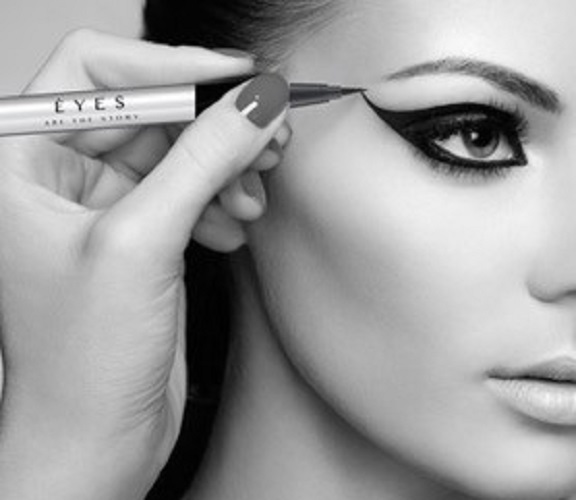
Understanding the Gender Disparities in Dry Eye Disease: Key Findings
A pivotal moment in Amy's journey came when she learned that dry eye disease occurs in women at nearly double the rate compared to men. This startling statistic led her to pose an essential question: Which activities are more prevalent among women than men?
The clear answer is the frequent use of cosmetics. Research shows that women typically use around 12 beauty products daily, while men average only six, highlighting a significant disparity.
As Amy delved deeper into her research, she uncovered alarming information about common ingredients used in cosmetics.
For example, benzalkonium chloride (BAK), a preservative often found in glaucoma treatments, is also present in many cosmetic products, including eye makeup.
What’s even more concerning is that the concentration of BAK permitted in cosmetics can be thousands of times higher than that found in glaucoma medications, raising serious safety issues for those with sensitive eyes.
This shocking realization drove Amy to embark on an intensive two-decade research project aimed at exploring the correlation between cosmetics and dry eye symptoms. Her dedication culminated in the launch of ÈYES ARE THE STORY—a pioneering line of cosmetics and skincare products designed specifically for individuals with sensitive eyes. Amy introduced the term “optocosmetics” to describe this groundbreaking fusion of beauty and pharmaceutical science that prioritizes the safety of eye health.
Identifying Symptoms and Causes of Dry Eye Syndrome: A Comprehensive Overview
What is dry eye syndrome, and why is its occurrence increasing?
Dry eye syndrome occurs when the eyes fail to produce sufficient quality tears to effectively lubricate the eye surface or when they struggle to maintain tears on the surface.
This condition can lead to an array of uncomfortable symptoms, which may include:
- Stinging or burning sensations in the eyes
- A gritty or sandy feeling
- Redness and irritation
- Blurred vision
- Increased sensitivity to light
- Challenges with wearing contact lenses comfortably
Examining the Complex Interaction Between Makeup Products and Dry Eyes
The relationship between makeup and dry eyes is intricate and multifaceted. Those eye-catching shimmering eyeshadows that we love can introduce tiny particles into our tear film, causing irritation and discomfort.
Consider the mascara that enhances our lashes; it may contain bacteria that could worsen eye discomfort. Additionally, the application and removal of eye makeup can disrupt the delicate tear film essential for keeping our eyes well-lubricated and healthy, contributing to increased dryness.
Exploring the Reasons Women Experience Dry Eyes More Frequently
Women face a heightened risk of developing dry eyes due to a myriad of factors. Hormonal fluctuations throughout various life stages, especially during menopause, can greatly affect tear production levels.
Furthermore, autoimmune disorders such as Sjögren’s syndrome are significantly more common in women, exacerbating the issue. Additionally, the increased dependency on eye makeup and the popularity of false lashes can disrupt the delicate balance necessary for optimal eye health.
The Article Cosmetics for Dry Eyes: Makeup Tips for Sensitive Skin Was Found On https://limitsofstrategy.com
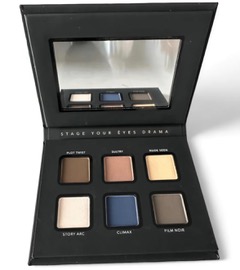
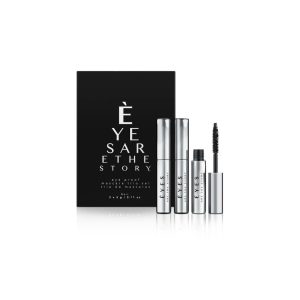
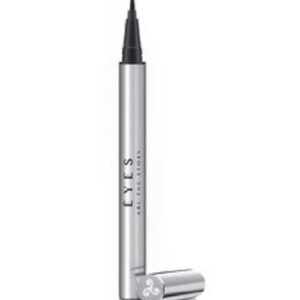
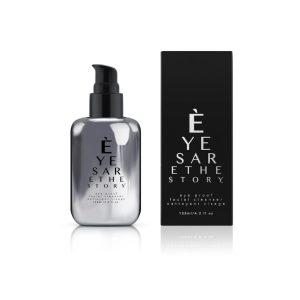


Isn’t it fascinating how the beauty industry can sometimes feel like an extreme sport? You strap on your waterproof eyeliner and volumizing mascara like they’re your protective gear, ready to tackle whatever the day throws your way—only to realize halfway through that your eyes are staging a protest! I mean, dry eye syndrome almost feels like the villain in our makeup story. You could be creating mesmerizing looks worthy of New York Fashion Week, but alas, your peepers are telling you “not today, my friend.”
It’s such an interesting perspective you bring up—the beauty routine as a kind of extreme sport. There’s definitely a level of strategy involved, almost like gearing up for a marathon. You pick your products like an athlete choosing their gear, hoping that what you apply will hold up throughout the day’s challenges. The waterproof eyeliner and volumizing mascara are your trusty companions, ready to face whatever obstacles you encounter, whether it’s the weather or a long day at work.
You’ve nailed it—it’s almost like makeup transforms into armor as we venture into the daily battles of life. We invest so much time and energy into crafting that perfect look, and it can feel like a real letdown when our bodies decide to throw a wrench in the works. Dry eye syndrome feels like that sneaky villain that shows up when you least expect it, right? You’re strutting through your busy day, infused with confidence, and then suddenly, it’s like your eyes pull a little rebellion on you.
You’ve captured the essence of the beauty routine so perfectly. It really does feel like a battle sometimes! The way we gear up with products, thinking we’re ready to conquer the day, only for our eyes to throw a curveball. Dry eye syndrome is like that unexpected twist in the plot that can turn a glam day into a struggle.